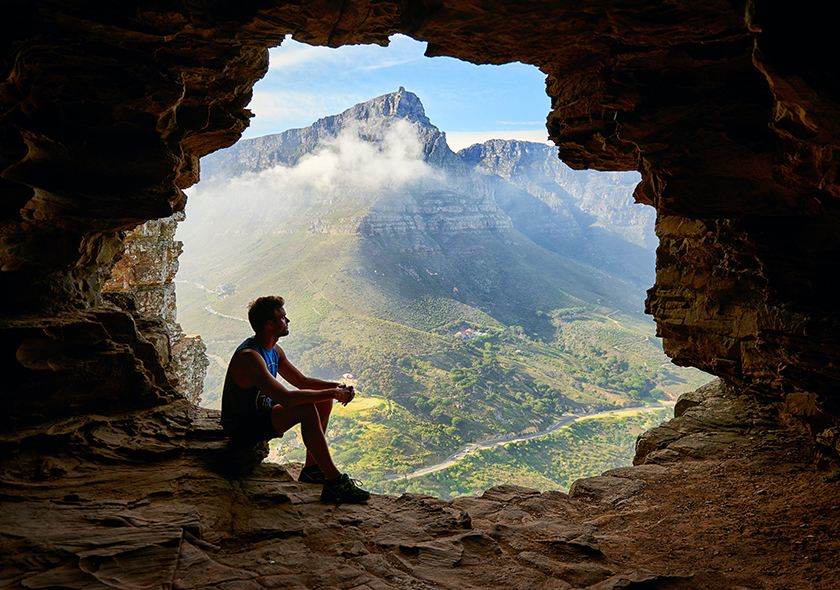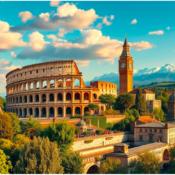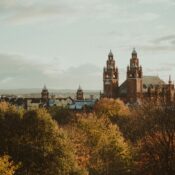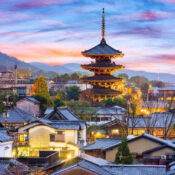17 Best Amazing Places to Explore In Colombo
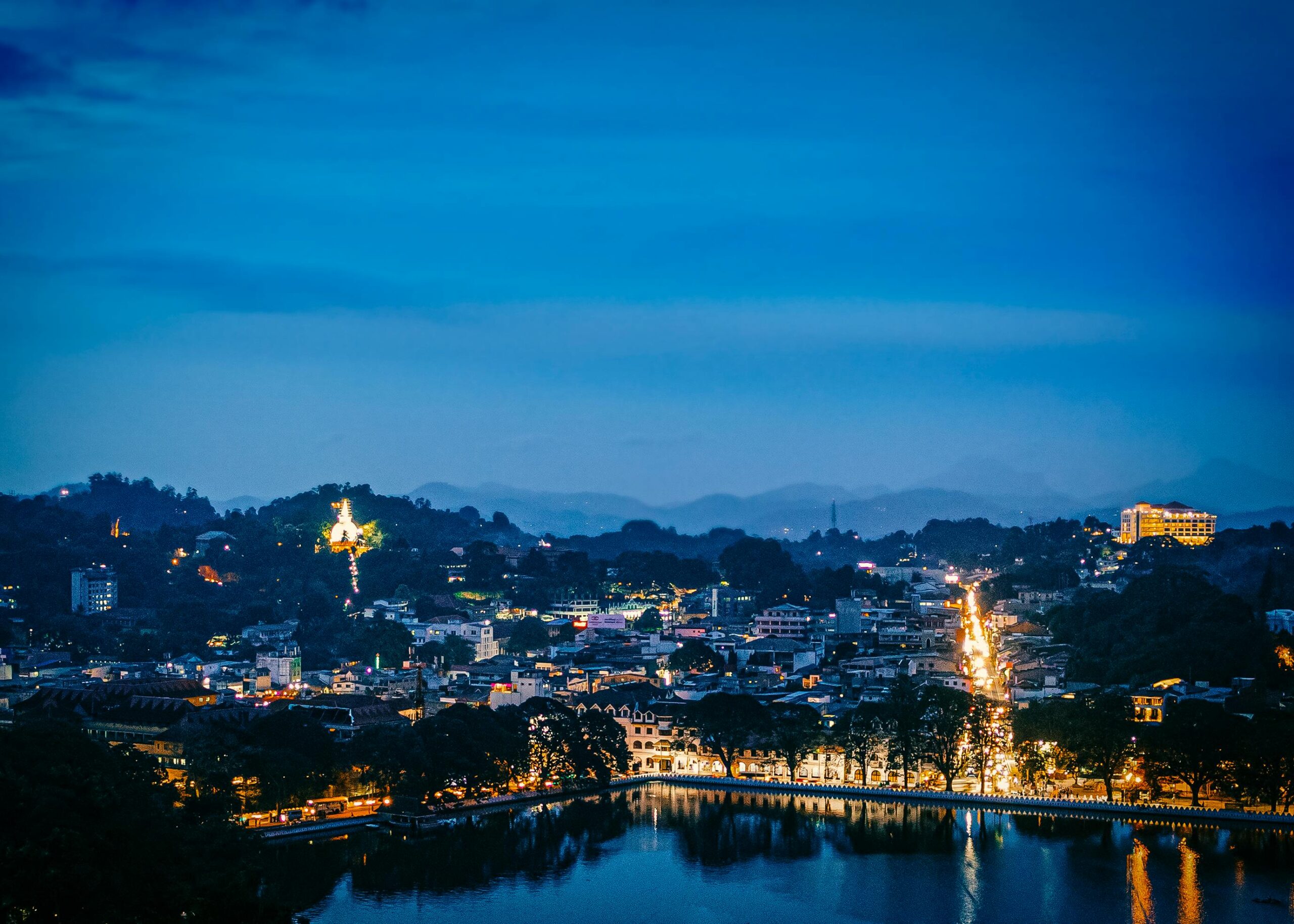
17 Best Amazing Places to Explore In Colombo
Colombo, the capital of Sri Lanka, skillfully blends the amazing island’s culture and history with contemporary visitor services and attractions. The combination further complicated by the city’s distinct Portuguese, Dutch, and British colonial past. Being the nation’s capital, Colombo is also home to numerous museums and tourist attractions that highlight the rich history of Sri Lanka.
Far too many tourists just land in Colombo and go straight to one of the resort regions. You’ll gain a deeper knowledge of the island’s culture if you spend a day or two in the capital.
Fort is the name of the main central business district region of Colombo. It is home to many of the city’s top tourist attractions, including museums, government offices, upscale stores, and sizable hotels. The original Portuguese fort that defended the waterfront region is the source of the area’s name. There’s a big seaside park called Galle Face Green just in front of Fort.
Make your travel plans to the capital of Sri Lanka with our list of the top Colombo attractions.
Best Places to Visit in Colombo:
Below are best places to visit:
1. Lotus Tower:
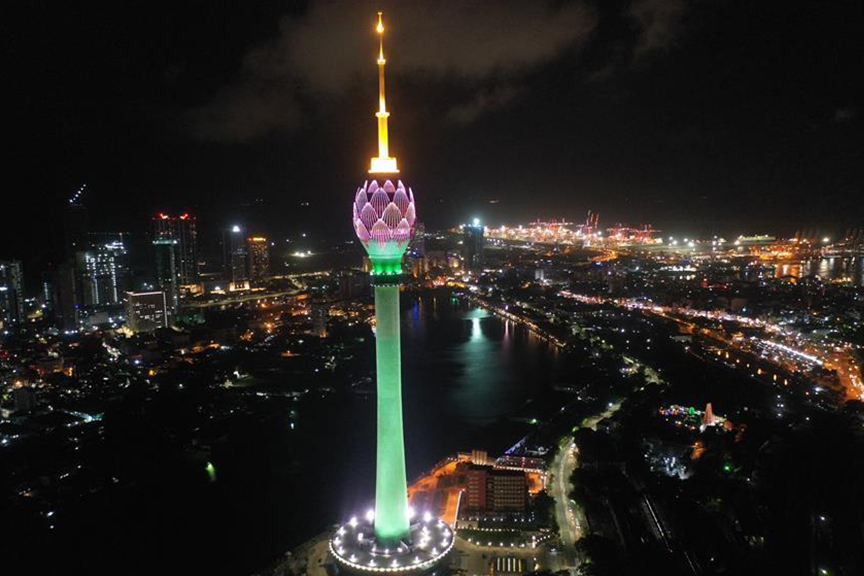
One of the newest attractions in the city is also one of the trendiest (and highest) locations to visit in Colombo. At 368 meters (1,168 feet) tall, the Colombo Lotus Tower is the tallest freestanding building in South Asia. A climb to the summit offers visitors a 360-degree panorama of Colombo as well as the surrounding sea and cityscape.
Along with an e-sports arena, a 5G VR Innovation Center, a shopping mall at the base, a rotating fine dining restaurant, and indoor and outdoor observation places, the tower is home to a lot of telecommunications equipment. The tower is stunning from the exterior as well since it covered with LED lighting, which changes every night to create seasonal light displays.
The Lotus Tower, also known as the Nelum Kuluna, shaped like a lotus bulb and flower, symbolizing the nation’s past while also emphasizing its future.
2. National Museum of Colombo:
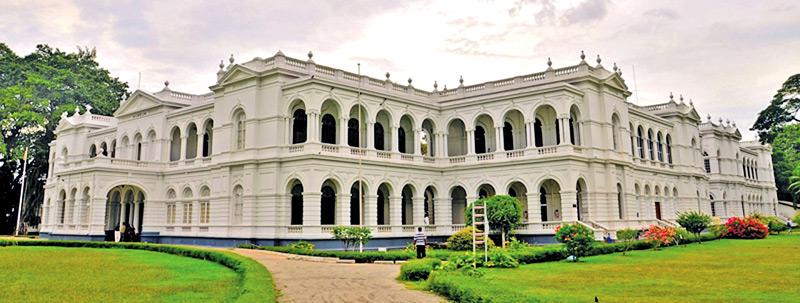
The official museum of Sri Lanka, the National Museum of Colombo (also known as the Sri Lanka National Museum), transports visitors through thousands of years of Sri Lankan cultural history.
It’s one of those museums that displays a wide range of media, including coins, jewelry, artwork, antiquities, apparel, and handicrafts. The exhibits showcase the nation’s natural and cultural legacy in chronological order, beginning with prehistory and ending with the present.
During the colonial era, in 1877, the governor of Ceylon, a British territory at the time, founded the Sri Lanka National Museum.
Allow several hours to thoroughly peruse the collections. Located close to Viharamahadevi Park in central Colombo, the museum is in its original, magnificent, purpose-built Victorian colonial edifice.
3. Sri Lanka Planetarium:
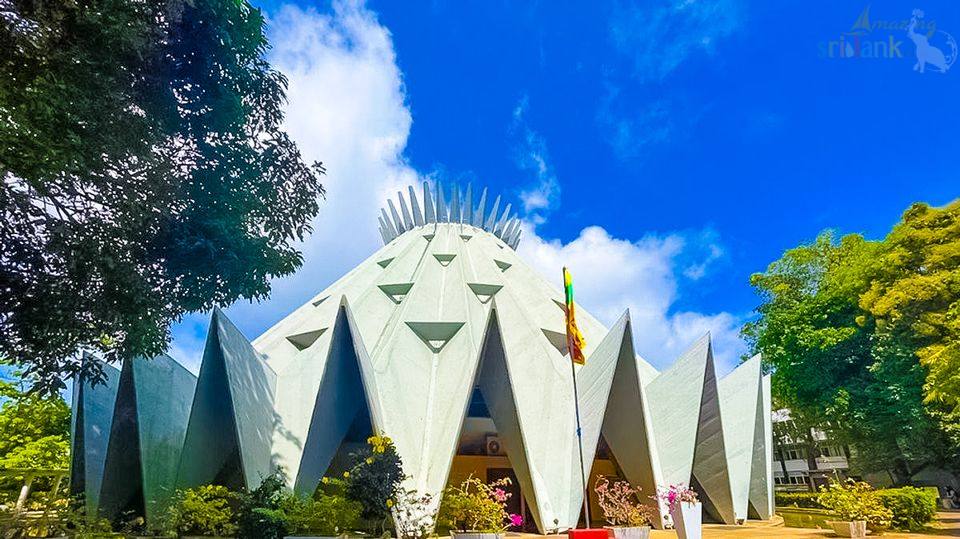
The first (and only) planetarium in Sri Lanka is a fun place to go when the sun gets too hot. The University of Colombo is home to the Sri Lanka Planetarium. Across from Independence Square is a public entrance. The night sky and its constellations projected onto the 570 seats in the spacious auditorium, which features a domed ceiling.
Apart from the programming and exhibitions, the building is visually stunning and a must-visit for Instagrammers. There are similarities between the lotus flower pattern and the famous modernist cathedrals in Brazil and Liverpool, England.
Apart from Mondays, the Sri Lanka Planetarium is open daily from 8 a.m. to 4 p.m. On Saturdays, there are 90-minute public performances at 10 a.m. and 2 p.m.; admission is less than $1. Apart from the planetarium, kids may have fun and learn about space travel and exploration at the outdoor Science Activity Park.
4. Vihara Mahadevi Park, Colombo:
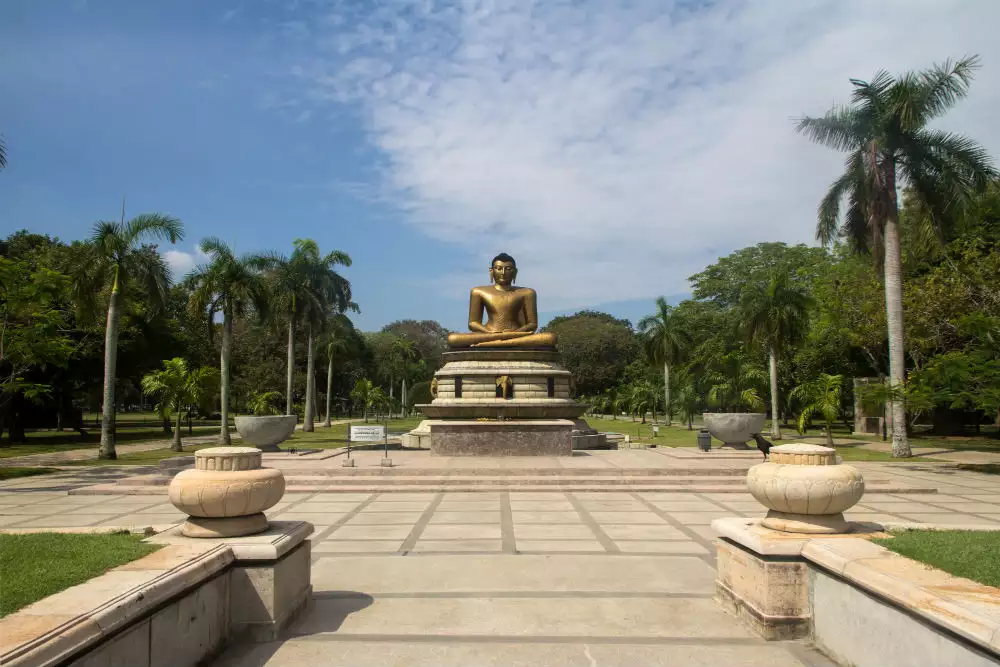
One of Colombo’s few sizable open-space parks, Central Park is a vast green space with places to unwind and take in the sun—or hide from it. Victoria Park the previous name of the park, which now named after one of the nation’s historic monarchs. Between City Hall and the National Museum of Colombo is located Vihara Mahadevi Park.
The park has a small zoo and numerous fountains. The playground will be fun for kids. Both the Columbo Public Library and the Cenotaph War Memorial, which honors Sri Lankan troops who died in both World Wars, situated within the park. The tallest cast brass Buddha statue in the nation, standing 15 feet tall, can also found in the park.
The park has a lovely walking trail encircling it; one lap takes about half a mile (1 kilometer). Along the path are snack stands where you can grab some food, as well as plenty of benches and places to sit and unwind. Riding a bicycle on one of the many approved bike trails is another enjoyable activity.
5. National Zoological Gardens:
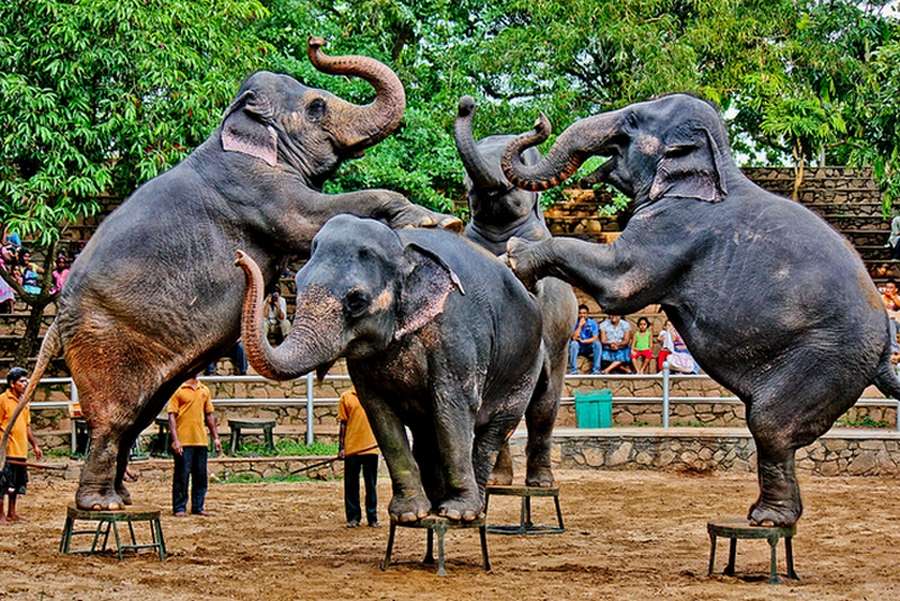
The expansive Colombo Zoo, formerly called the Dehiwala Zoological Gardens, situated in the Dehiwala neighborhood. The zoo is more than just a place to put animals in cages; it also prioritizes animal welfare and conservation education. It is one of the oldest zoos in Asia, with about 3,000 different species of animals of various sizes and forms living there. Every day, animal keepers from the zoo do demonstrations.
The Columbo Zoo is open from 8:30 a.m. to 6 p.m. seven days a week. Apart from the urban zoo in Dehiwala, the Department of Zoological Gardens of the country runs a larger wildlife park called the Pinnawala Zoo and the Pinnawala Elephant Sanctuary in the city of Pinnawala, which is approximately two hours outside of Colombo.
6. Nelum Pokuna mahinda Theatre:

A vast array of dance, music, and cultural performances take place in this expansive, contemporary performing arts complex. Mahinda Rajapaksa, the previous president of the nation, is the reason behind the name change. The name “Nelum Pokuna” means “lotus pond” in the local Sinhala language, and the design is purposefully reminiscent of a lotus flower, as are many other things in Sri Lanka.
The Nelum Pokuna Mahinda Rajapaksa Theatre hosts opera (Western, Chinese, and Sri Lankan) and symphonic concerts. They also perform pop concerts nowadays. Both the outdoor amphitheater and the main auditorium host performances. The theater is located across from Viharamahadevi Park in the heart of Colombo.
You may check the theater’s schedule online and buy tickets there as well. It’s a great site to visit in Colombo since residents will be all around you, no matter what you decide to view.
7. Mount Lavinia Beach,Colombo:
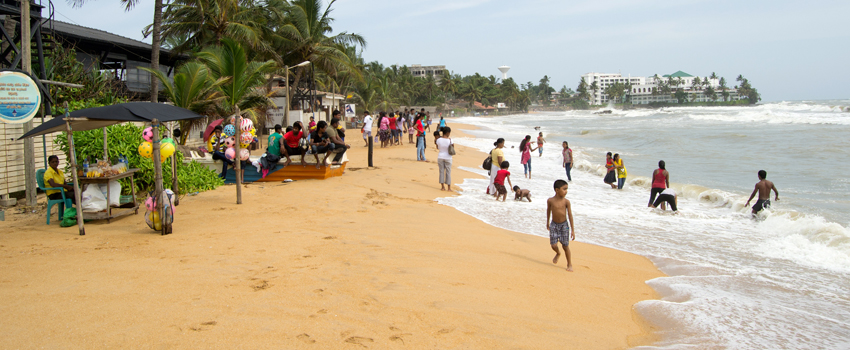
Mount Lavinia, the primary seaside tourist town in Sri Lanka, is a suburb of Colombo. This area has many hotels, making it a viable substitute for lodging in the city. It’s a pleasant way to spend an afternoon or several days and is only a short 30-minute drive (or 15-minute rail ride) from downtown Colombo.
The Golden Mile, the primary beach length, lined with establishments catering to tourists and has a bustling nightlife. In addition to becoming well-known for being an LGBTQ+ community, Mount Lavinia also hosts the annual Pride-themed Rainbow Kite Festival in June.
Because the beach is not a sheltered bay, the water can be extremely choppy during certain times of the year. Therefore, exercise caution when swimming. The promenade by the beach has some excellent restaurants, and there are many of vendors selling anything from food to bathing suits on the beach itself. One of the best things about being at the beach after 6 o’clock in the evening is seeing the sunset.
There’s also a ton of history to discover here. Make sure to visit the Mount Lavinia Hotel, a traditional colonial grande dame luxury hotel that originally constructed as the governor’s home in the early 1800s.
8. National Museum, Colombo:
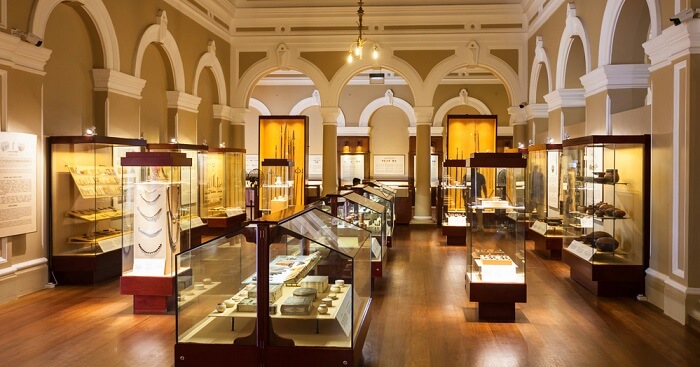
The National Museum of Natural History is situated in the heart of Colombo, directly across from Viharamahadevi Park and next to the Colombo National Museum. It features an amazing collection of the nation’s flora and animals.
Only native to the nation are the plants, insects, fish, amphibians, and animals on exhibit. Numerous unique species on display face extinction. In addition to vegetation, there are numerous exhibits of native to the island rocks and minerals.
Apart from the flora and fauna, there exist remains and skeletons of long-extinct and prehistoric species, such as dinosaurs. One of the greatest attractions in Columbo for families with young children is the museum.
9. Gangaramaya Temple, Colombo:
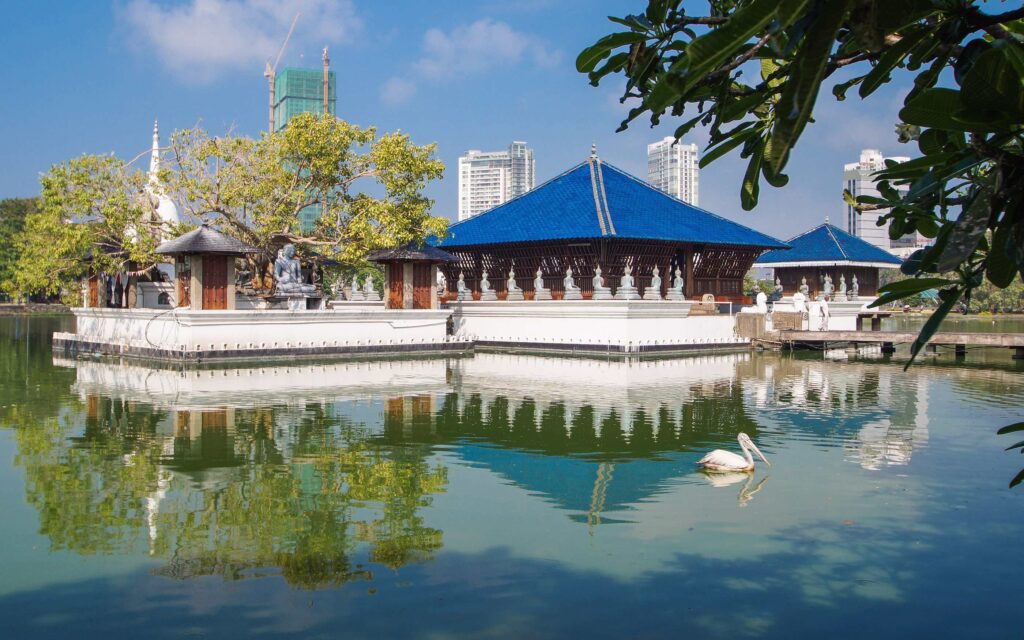
The late 19th century saw the construction of this complex of Buddhist temples. In addition to being a site of worship, the temple aims to inform visitors about Buddhism. It’s similar to a museum in that a lot of tangible objects are on display, such as jewelry, coins, and even an old Rolls-Royce.
A lock of the Buddha’s hair, the most revered religious relic in the temple, is also on display, as is the sacred tree that the temple was constructed around. See the Gangaramaya Temple’s yearly colorful religious celebration, which includes a parade led by the temple’s elephant, when you visit during the February full moon (also known as “Poya”).
10. Entertainment Park:

This small amusement park should be on your schedule if you are traveling to Colombo with children. With a food court, bowling alley, arcade, retail mall, and a few attractions, Excel World Entertainment Park is a great neighborhood attraction. Additionally, there is a movie theater that plays Bollywood and Western films. Since it’s the only bowling alley in Colombo, it’s extremely well-liked.
The park has a bounce house, bumper cars, a carousel, and laser tag. The mall is renowned for importing snow to create an indoor winter paradise called Snow World, so if you visit in December, make sure to check it out. There is no other spot like it in Sri Lanka where people enjoy a White Christmas with Santa Claus.
11. Galle Face Green:

Many Sri Lankans come to this sizable park area along the ocean to play on the beach. Located near to the Fort area in the heart of Colombo, the park is situated between Galle Road and the Indian Ocean.
With 500 meters of shoreline and a bustling promenade with merchants, it’s the biggest open space in the city. Because of the warm weather in Colombo, this is a well-liked destination for nightlife; Saturday and Sunday nights are the greatest occasions to go.
There’s always wound to fly a kite in, have a picnic on the beach, or wade in the ocean. Families will enjoy going here, and it’s a nice location to run.
12. Colombo Dutch Museum:
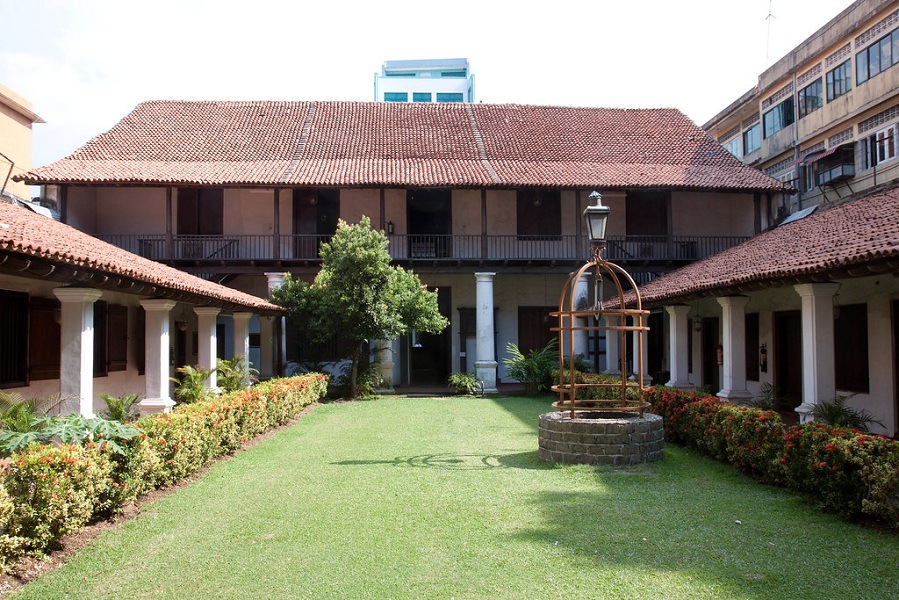
The colonial past of Colombo—it was formerly a Portuguese, Dutch, and British colony—has greatly influenced the city’s culture today. The Colombo Dutch Museum has extensive information about the history and impact of the Dutch on the island. Along with weapons and militaria, the collection also consists of furniture, artwork, and antiques. Information is available in English.
The museum was originally constructed in the late 17th century as the Dutch governor’s formal house. The collection showcases the nearly two centuries of Dutch rule over the island’s coastal regions, spanning from 1640 to 1796. The island, which was formerly known as Ceylon, was a major hub for Holland’s international trade since it was situated along a vital east-west shipping route used by the Dutch East India Company.
13. Pettah Floating Market:
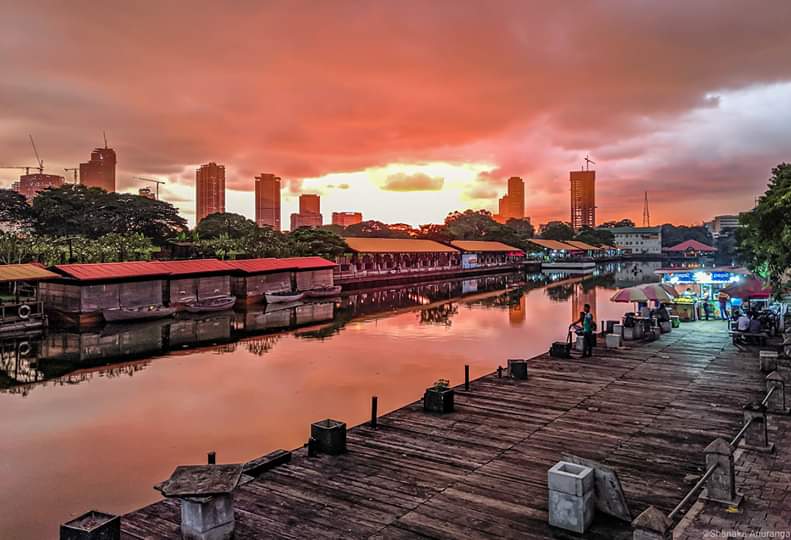
This once-industrial section of Colombo was transformed into a bustling floating market with about 100 sellers starting in the year 2000. About five minutes by car from Fort lies Pettah in the heart of Colombo.
There are wooden boardwalks and sidewalks surrounding the canal where the floating market is located. It’s a pleasant place for people-watching, strolling, and shopping because they both line and cross the canal. Great street food is also available here. It is also a market for fruits and vegetables. Clothes, jewelry, crafts, and even gadgets like phones are available for purchase.
Pettah Floating Market opens at 8 a.m. and closes at 8 p.m. Around 5 p.m.
Also Read: 5 day Trip to Sri Lanka
14. Red Mosque:

Check sees the amazing Red Mosque in the city, officially known as the Jami Ul-Alfar Masjid, while you’re in the Pettah neighborhood. Constructed in the initial years of the 1900s, this striking building possesses red and white stone minarets that are crowned with domes styled like onions and pomegranates. They dominate the surroundings, and the building’s architecture has a hint of Russian influence thanks to the domes. It’s referred to as “Indo-Saracenic.”
Due to its striking red and white color scheme, the mosque, which is close to the harbor, serves as a visual marker for incoming ships. The unique arrangements of the red and white bricks make it very intriguing. A near-optical illusionistic appearance is created in certain regions with alternating hues, while others swirl and spiral.
The mosque is open to both male and female visitors.
15. Kanatte Cemetery:
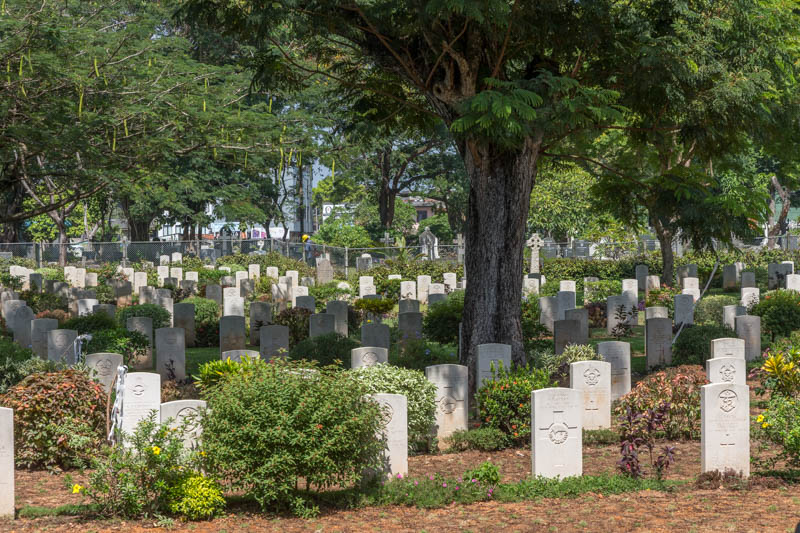
Visits to cemeteries can be fascinating because they serve as a lasting record of the local way of life. The primary cemetery for the city, Kanatte, opened its doors in the middle of the 1800s. It features an amazing variety of memorials that honor all world religions and ideologies. Each has a separate area and a unique design for their physical memorials.
Because it is the final resting place of renowned science fiction author Arthur C. Clarke (2001: A Space Odyssey), the cemetery is also a popular destination for science fiction enthusiasts. When Sri Lanka was still a British colony, Clarke was born there and eventually retired.
Situated in the Borella neighborhood, the cemetery is east and south of the city of Colombo.
16. Bere Lake,Colombo:
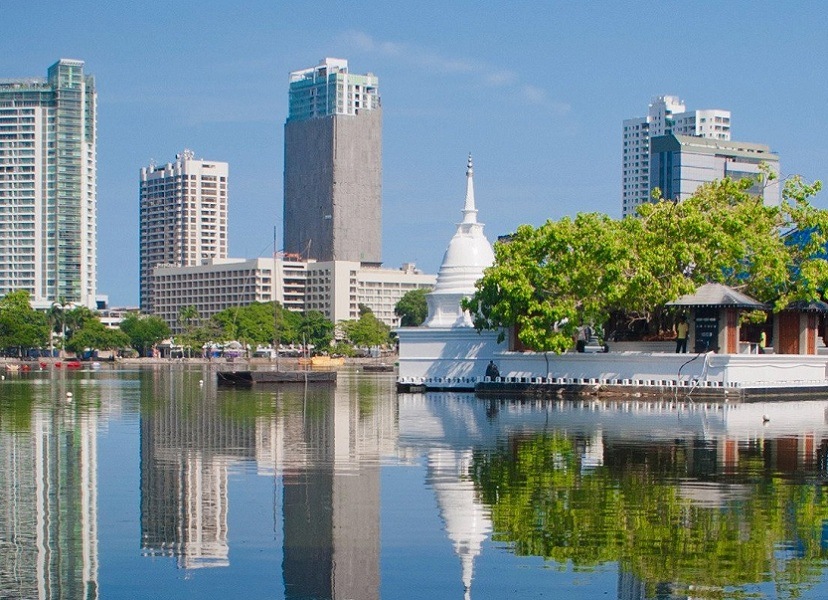
Bere Lake is another well-liked spot in Colombo for picnics, lounging, and boating or running. This artificial lake is surrounded by a lot of greenery despite being in the center of the city (not to be mistaken with its larger neighbor, Beira Lake).
It’s a terrific site for bicycling and running, and there are lots of jogging lanes in the vicinity. You can rent swan boats and navigate the lake by paddling around it. A fine-dining restaurant on a floating platform and a few snack stores are there. During a dinner cruise, the restaurant floats about on a boat.
There is an island in Bere Lake, which is connected by a suspension footbridge. It’s common for couples to stroll romantically around the island. A tiny Buddhist temple called Gangarama Seema Malaka is situated in the lake on several piers that are submerged in the water. Taking pictures by the lake is a terrific idea, especially at night. You are in a stunning outdoor setting with the Colombo skyline serving as the background.
17. National Railway Museum:
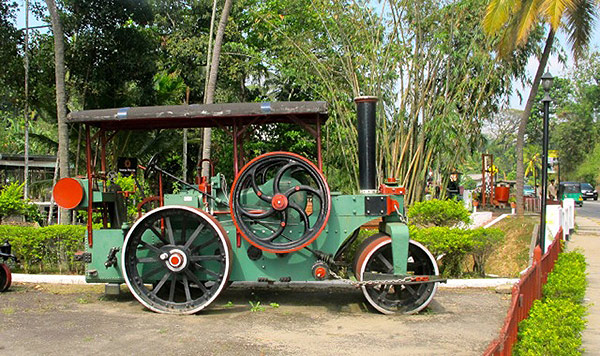
This outdoor museum is in Central Colombo, close to the main Maradana Railway Station, and is a must-see for enthusiasts of trains and rail sightseers. The old National Railway Museum in Colombo includes a good collection of locomotives, rolling equipment, and carriages, including numerous steam engines. The larger National Railway Museum is in Kadugannawa, near Kandy.
Every day from 9 a.m. to 4 p.m., the museum is open; it is closed on holidays.
For more information, Click here.
Visit our official website Travel India Info, to plan your upcoming trip or mail us at info@travelindiainfo.com. We are happy to assist you. Happy Travelling!!
Recent Posts
Europe Travel Guide: Best Places to Visit & Explore
15 Best Amazing Places to Explore in Scotland
9 Best Amazing Day Trip To Explore from Kyoto
